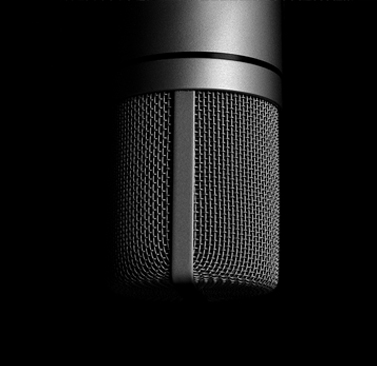Cash Runway during COVID-19, and Beyond

Related links
No related links
“Negative, Cash, Flow” are the three most dreaded words in the English language according to Warren Buffett who also famously stated: “Cash is to a business as oxygen is to an individual: never thought about when it is present, the only thing in mind when it is absent.”
The fast-spreading COVID 19 virus will impact nearly every balance sheet as revenues plummet and cashflows are restricted. For many, the once reliable internal, organic cash generation to fund day to day operations has evaporated. The focus of businesses has quickly moved to cashflow and the notion of “balance sheets are fiction, cash flow is reality” will prevail for some time to come.
What is a cash runway?
Cash runway is a measure traditionally used by start-up entities since they are not immediately profitable and expect to burn through their cash in a relatively short period. It is key to their success that their runway provides enough working capital until they become self-sufficient.
An important metric for all businesses
This measure is not only useful for start-ups, but also especially useful during times like these for mature businesses too. In the current circumstances, most businesses will find their cash inflows shrinking drastically and it is important to know how many months their business can stay afloat for. Understanding the cash runway will enable better planning and provide forethought to the short-term strategy.
How to calculate a cash runway
This is a simple calculation that says a lot. A cash runway is the product of the cash balance (current cash available – including bank facilities where these are in place) divided by the burn rate (the rate at which a business uses cash each month).
E.g. With a cash reserve/facility of R10m and total monthly costs of R2m, less expected cash inflows of R1m pm, equates to a cash runway of 10 months (R10m / R1m).
Why it’s important to monitor
“Never take your eyes off the cash flow because it’s the lifeblood of business” – Sir Richard Branson
(It’s pity he didn’t take heed of his own advice when it came to Virgin Atlantic!)
Each business and their specific cash needs are different. A start-up generally aims at having 12-18 months of runway, an established IT company however, may only need 3 months, and a large construction company may need closer to 24 months. Given the current environment, it may be prudent to extend the length of the runway, and keeping a close eye on this metric will help put the urgency of the situation into context.
How to build up a cash runway
Various steps to build up cash reserves can include:
- Managing expenses – scrutinize cash expenses and identify where it may be possible to cut costs. Structure costs in favour of variable costs over fixed costs wherever possible.
- Controlling cashflow (collect outstanding debt quicker, incentivise customers to pay more upfront, negotiate more favourable trade credit terms)
- Withhold or reduce dividend payments and buybacks. This is currently a popular trend across certain sectors both internationally and locally. Various industries have withheld, or are considering withholding future dividends in order to stay financially flexible and ensure that their balance sheets are solid during the pandemic.
- Raise funds or apply for financing by restructuring facilities with creditors and banks if it is not too late.
How Nedgroup Investments Cash Solutions can help you
The cash balance is the lifeline of a business during times like these. Preserving it, with minimal risk and maximum yield while retaining full liquidity, is of utmost importance. Money market funds offer access to fixed deposit type yields with call account type access.
Following the recent rate cuts, the bank call rate dropped to 4%. Due to the 3 month reset to market of the floating rate instruments held in money market funds, the fund yields lag behind the market yields which react immediately to interest rate cuts. The Nedgroup Investments Cash Solutions money market funds are therefore offering yields similar to 2 year fixed deposit yields, and the Nedgroup Investments Core Income fund’s yield equates to a 4 year fixed deposit yield, but without the liquidity “lock up”. This makes these funds the ideal vehicles for parking cash, making it work harder, and in turn extending the cash runway.
Looking forward
Greedy shareholders, and a relatively smooth economic run over the last decade, have resulted in more aggressive capital structures within corporates. Analysts crying out against lazy cash on balance sheets and demands for companies to pay out “surplus” funds or buy back shares, now seem completely misplaced. Many lessons have been learned the hard way and companies are vulnerable as a result.
We expect corporates to emerge from the COVID 19 crisis with a more conservative, longer term outlook when it comes to their capital structures, realising that some “cash drag” is an acceptable price to pay to be prepared for potential crises – and their aftershocks. We foresee a structural shift in balance sheets, a wave of de-leveraging for those who can, and more emphasis on measuring and reporting on cash runway. You can fake profit, but you can’t fake cash! And the critics will be silenced – for a while.
Having cash on a balance sheet is not always a bad thing. Cash not only provides a potentially lifesaving buffer in tough times, but it provides valuable options too and the businesses that weather this storm will be those whose cash runway was long enough.





